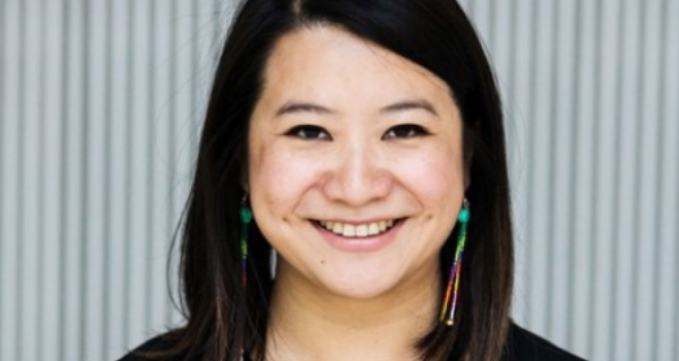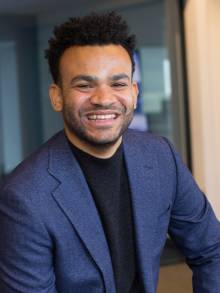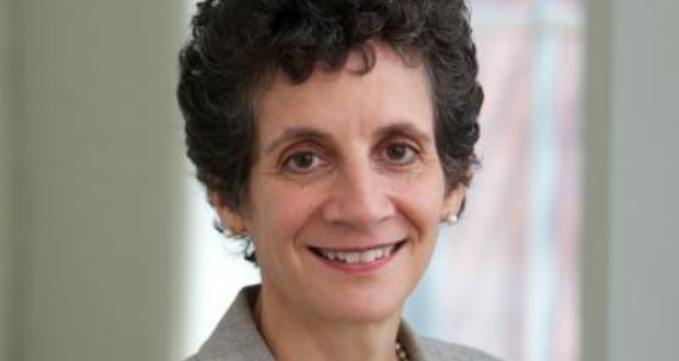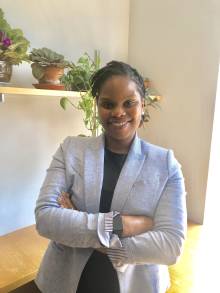DEVELOPING PROGRAM INITIATIVES FOR AN INNOVATIVE SOCIAL JUSTICE ORGANIZATION
Client
THE ACTION LAB
Faculty
Matthew Camp
Team
Nicky Ahadpour, Caitlin Garbo, Aesetou Hydara, Elisa Nolasco
Capstone Year
2021-2022



